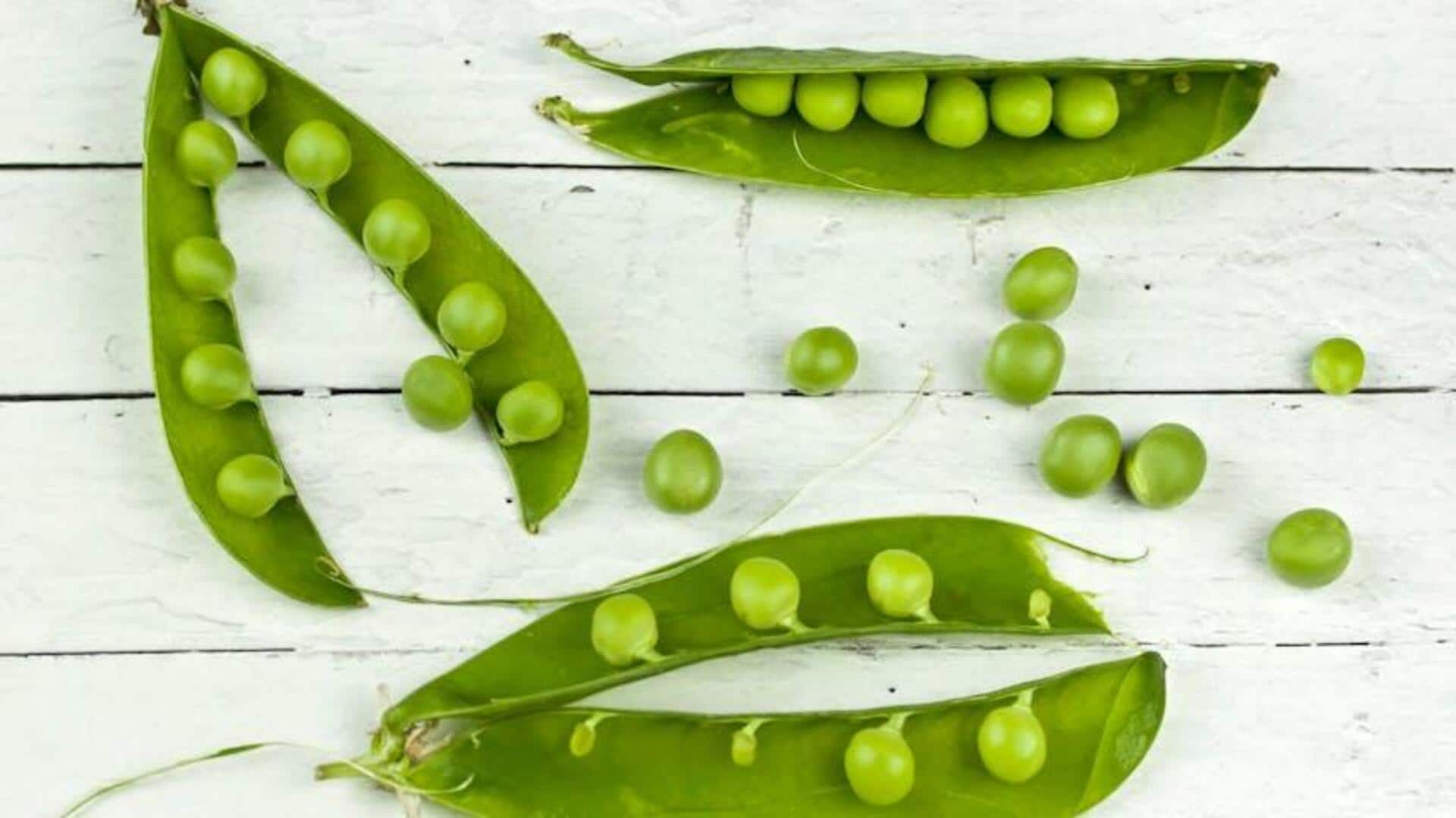
Peas v/s corn: Which is healthier?
What's the story
Peas and corn are favorite starchy vegetables, commonly used in a range of dishes. Both provide unique nutritional benefits, making them excellent additions to a healthy diet. However, knowing the nutrient profiles of both can help you make more informed dietary choices. Let's take a closer look at the nutrition of peas and corn, comparing their vitamin content, fiber, protein, and carbohydrates to get a better understanding of what each vegetable has to offer.
#1
Vitamin content comparison
Peas are loaded with vitamins C and K. A serving of peas will give you nearly 67% of the daily recommended intake of vitamin C and 24% for vitamin K. Corn, on the other hand, has a different offering with significant quantities of vitamin B6 and folate. While both the vegetables add essential vitamins to your diet, their specific offerings are quite different.
#2
Fiber levels in peas and corn
Fiber is essential for digestive health. Peas have some four grams of fiber in each serving, which helps in digestion and keeps you full. Corn has some two grams per serving but is still good for keeping your bowel movements regular. The difference makes peas a slightly better source for anyone concerned about fiber intake.
#3
Protein amounts in each vegetable
Protein is important for repairing and building muscle. Peas provide some four grams of protein in each serving, making them an excellent plant-based protein source. Corn, on the other hand, offers approximately three grams in each serving. While both fulfill your daily protein requirements, peas have a slight advantage in this department.
#4
Carbohydrate presence analyzed
Carbohydrates are the main source of energy for all daily activities. Corn has a higher carbohydrate content with about 27 grams per serving compared to peas' 21 grams per serving. This makes corn an excellent choice for those requiring more energy throughout the day while still being mindful of overall carbohydrate consumption.